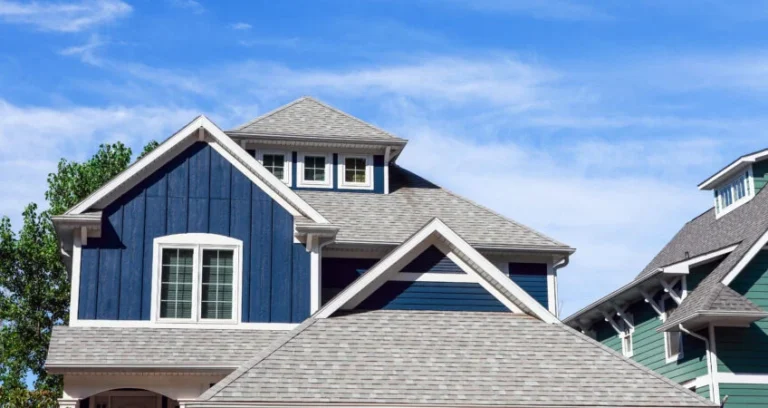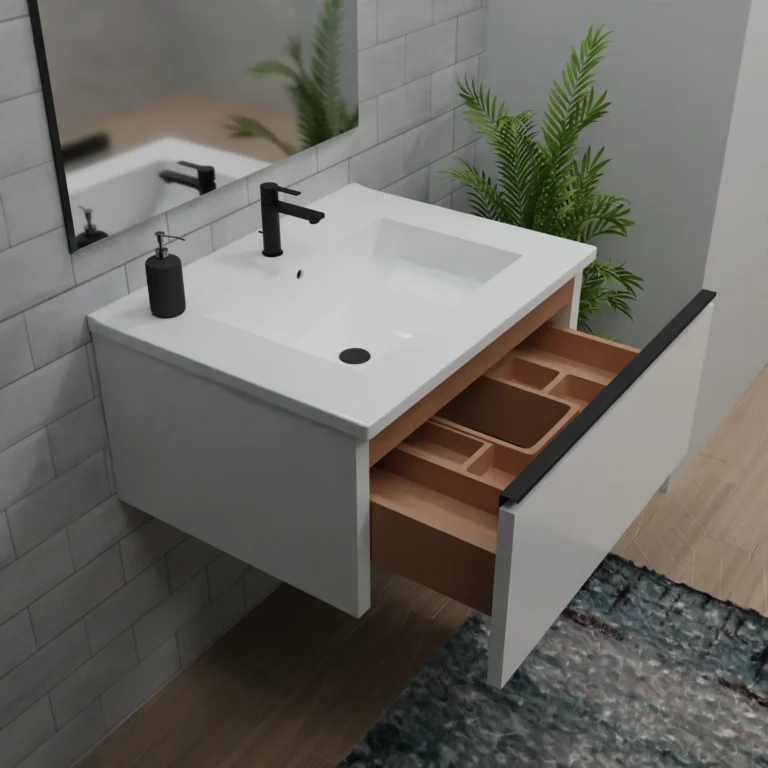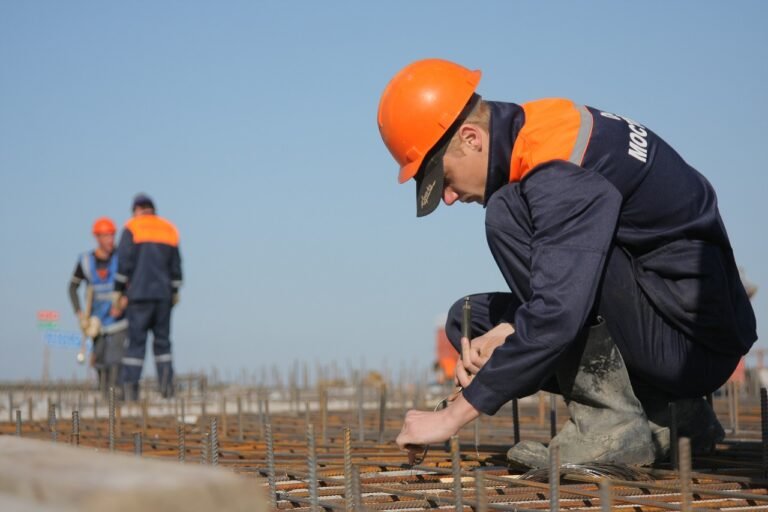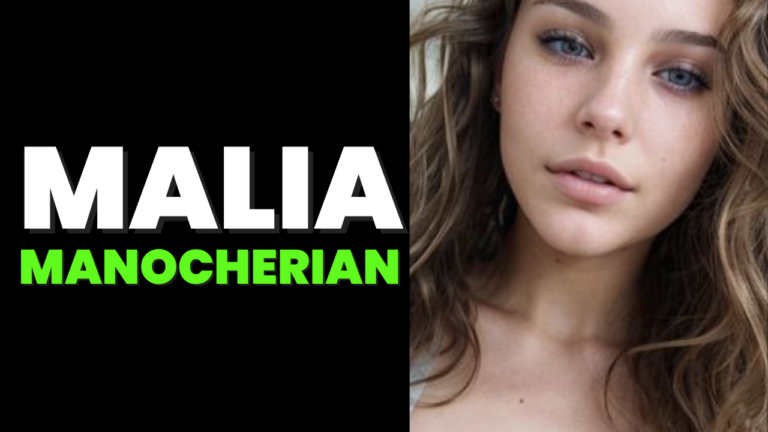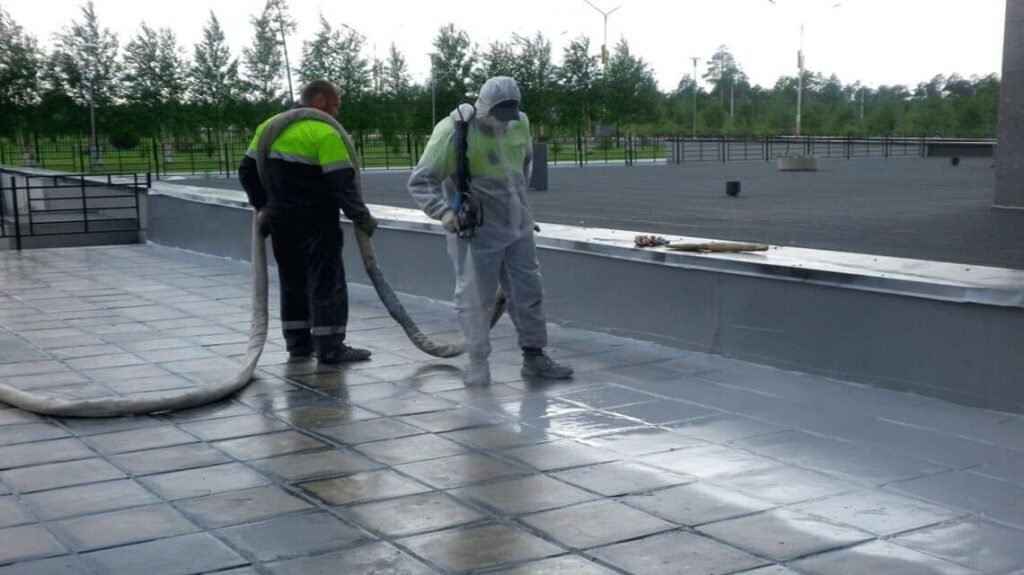
polyurea vs. cementitious coatings: a comparison of strength and versatility
When it comes to choosing the right coating material for surfaces that endure heavy wear and tear, industrial settings, or even residential applications, two options frequently emerge in the conversation: Polyurea vs. Cementitious Coatings: A Comparison of Strength and Versatility. Both have their merits, but the question remains—which one is stronger and more versatile? This detailed comparison will explore the strength and versatility of polyurea and cementitious coatings, helping you make an informed decision on which material is best suited to your specific needs.
Introduction to Coatings: Why They Matter
Before diving into the specifics of Polyurea vs. Cementitious Coatings: A Comparison of Strength and Versatility, it’s essential to understand why coatings are important. Coatings serve as protective layers for a variety of surfaces—whether it’s concrete, steel, or other materials—offering protection from environmental factors like moisture, chemicals, and physical wear. These coatings are crucial for maintaining surface integrity and extending the lifespan of structures.
What is Polyurea?
Polyurea is a type of polymer that is often used as a coating for surfaces in harsh environments. It is made from a combination of isocyanates and polyols and is known for its rapid curing ability. This means it can form a strong, durable layer within minutes of application. Polyurea coatings are commonly used in waterproofing, flooring, roofing, and protective linings.
Characteristics of Polyurea Coatings
- Fast Curing Time: Polyurea coatings are known for their rapid curing, which allows them to be applied in a variety of climates and settings without long downtime.
- Elasticity: This coating is highly flexible, meaning it can withstand significant movements and changes in temperature without cracking.
- Chemical Resistance: Polyurea coatings have excellent resistance to a wide range of chemicals, making them ideal for industrial settings where exposure to harsh substances is common.
What is Cementitious Coating?
Cementitious coatings, on the other hand, are made from a combination of cement, aggregates, and water. They are applied as a thick slurry that bonds to the surface of concrete and provides an added layer of protection. Cementitious coatings are often used for waterproofing, corrosion protection, and decorative finishes in both industrial and residential applications.
Characteristics of Cementitious Coatings
- Durability: These coatings are known for their ability to withstand heavy loads and wear, especially on surfaces like concrete.
- Moisture Resistance: Cementitious coatings create a strong barrier against water, preventing moisture from seeping into surfaces.
- Surface Bonding: Cement-based coatings bond well with concrete, making them a top choice for basements, pools, and other concrete surfaces.
Polyurea vs. Cementitious Coatings: A Comparison of Strength and Versatility
When it comes to choosing between polyurea and cementitious coatings, one of the main factors to consider is strength. Let’s break this down further.
Flexural Strength
Polyurea coatings are known for their flexibility, which means they can absorb stresses without cracking. Cementitious coatings, while strong, can be more brittle and may crack under pressure or flexing. This makes polyurea a better option for surfaces that experience frequent movement or vibration.
Tensile Strength
Polyurea typically outperforms cementitious coatings in terms of tensile strength, which refers to the material’s ability to resist being pulled apart. Polyurea is much more resistant to stretching and deformation, making it ideal for surfaces subjected to heavy traffic or physical impact.
Impact Resistance
Polyurea’s shock-absorbing capabilities make it an excellent choice for applications that require impact resistance. Cementitious coatings, on the other hand, may crack or chip upon impact, making polyurea the stronger contender in this category.
Versatility of Polyurea vs. Cementitious Coatings
While both Polyurea vs. Cementitious Coatings: A Comparison of Strength and Versatility offer excellent protection, their versatility—meaning their ability to perform in different environments—varies considerably.
Application Versatility
Polyurea coatings can be applied on a wide variety of surfaces, from metal to concrete to wood, making it suitable for industrial, commercial, and residential use. Cementitious coatings, however, are generally used for concrete-based surfaces, limiting their versatility.
Temperature Tolerance
Polyurea is highly resistant to both extreme hot and cold temperatures, which makes it ideal for use in challenging climates. Cementitious coatings, while durable, can be less effective in extreme temperatures and may crack under significant thermal shifts.
Chemical Resistance
Polyurea shines in this department, as it is highly resistant to most chemicals, including oils, acids, and solvents. Cementitious coatings have a certain degree of chemical resistance, but they are not as robust as polyurea in handling harsh chemicals and environmental factors.
Application Process: Ease of Use
The ease of application is another area where polyurea and cementitious coatings differ.
Polyurea Application
Polyurea coatings are applied using spraying equipment, which requires a bit of expertise. The fast-curing nature of polyurea means that it can often be applied in a single coat, but it may require specialized equipment and preparation. The application time is generally shorter compared to cementitious coatings.
Cementitious Application
Cementitious coatings are applied with more traditional methods such as brushing, rolling, or troweling. While it may take longer to cure, the process is often more forgiving and easier for non-professionals to handle.
Durability and Maintenance
Both types of coatings offer excellent durability, but when it comes to maintenance, there are distinct differences.
Polyurea Durability
Polyurea coatings are exceptionally durable, offering long-lasting protection. They require minimal maintenance and can withstand harsh conditions like UV exposure, abrasion, and corrosion. However, they can be more expensive initially due to the specialized application process.
Cementitious Durability
Cementitious coatings also offer good durability, especially on concrete surfaces. However, they can require more frequent maintenance in environments exposed to extreme chemicals or physical wear. Additionally, cementitious coatings may not perform as well in high-traffic areas.
Cost Comparison: Polyurea vs. Cementitious Coatings
Cost is always a consideration when choosing the right material for your project.
Polyurea Cost
Polyurea coatings tend to be more expensive due to the cost of materials and the specialized application process. However, the long-term durability and minimal maintenance needs may justify the higher upfront cost.
Cementitious Cost
Cementitious coatings are generally more budget-friendly, especially if applied by a DIY enthusiast. However, you may need to factor in more frequent maintenance and potential repairs over time, which could add to the overall cost in the long run.
Environmental Impact: Which is Greener?
Both polyurea and cementitious coatings have some environmental impact, but let’s see which is more sustainable.
Polyurea Environmental Impact
Polyurea coatings, although effective, can contain harmful volatile organic compounds (VOCs), which may contribute to air pollution during application. Advances have been made to reduce VOC content, but polyurea coatings still have a larger environmental footprint compared to cementitious coatings.
Cementitious Environmental Impact
Cementitious coatings are generally considered eco-friendly because they are made from natural materials like cement and water. However, the manufacturing process of cement can still contribute to CO2 emissions, making cementitious coatings slightly less environmentally friendly than polyurea in some aspects.
Conclusion
Both Polyurea vs. Cementitious Coatings: A Comparison of Strength and Versatility have their strengths and weaknesses, and the choice between the two depends largely on the specific needs of your project. Polyurea offers unmatched flexibility, fast curing, and chemical resistance, making it ideal for applications requiring durability under extreme conditions. However, it does come at a higher cost and requires specialized application techniques. On the other hand, cementitious coatings are a more cost-effective solution with good durability for concrete surfaces but may not perform as well in demanding conditions.
If you’re looking for a high-performance solution that can handle heavy wear and tear, polyurea is likely the better choice. But for those on a budget or dealing with concrete surfaces, cementitious coatings are a solid and reliable option.
FAQs
- Which coating is better for extreme temperatures—polyurea or cementitious?
Polyurea coatings offer superior temperature tolerance, handling both extreme heat and cold without cracking.
- Is polyurea more expensive than cementitious coatings?
Yes, polyurea is generally more expensive due to the higher cost of materials and specialized application.
- Can I apply polyurea myself?
Polyurea requires specialized equipment and knowledge for proper application, so it’s best handled by professionals.
- Are cementitious coatings good for waterproofing?
Yes, cementitious coatings are often used for waterproofing, particularly in basements and pools.
- How long do polyurea coatings last?
Polyurea coatings can last for many years, with minimal maintenance, especially in industrial environments.

